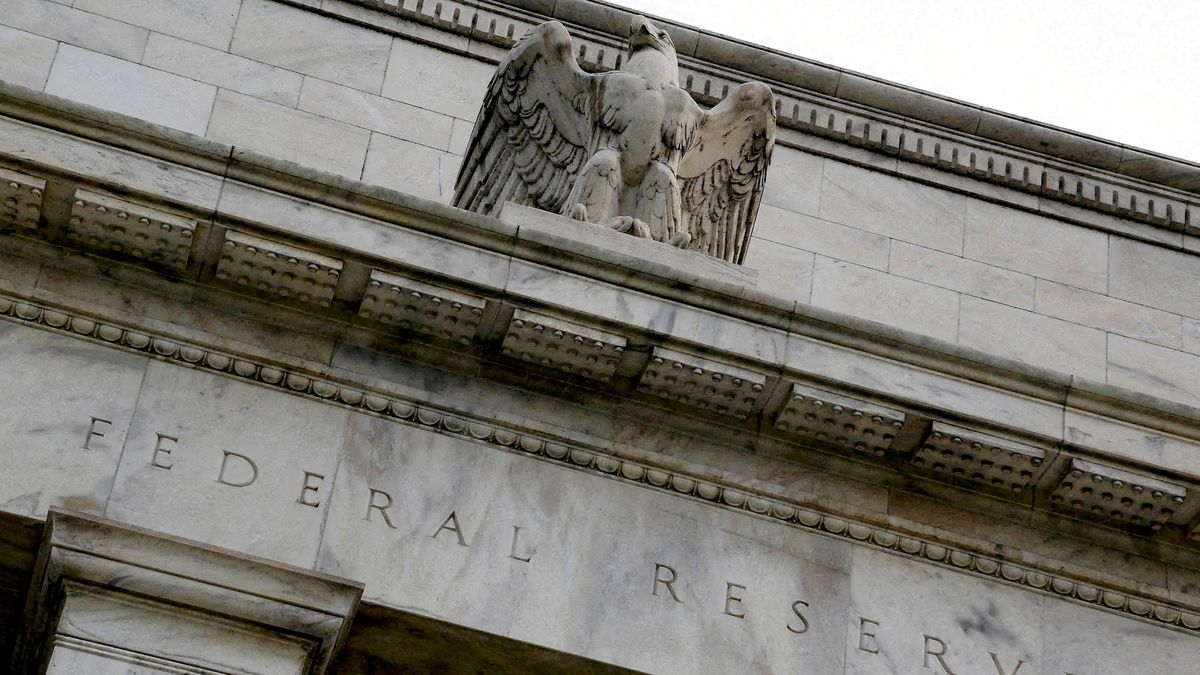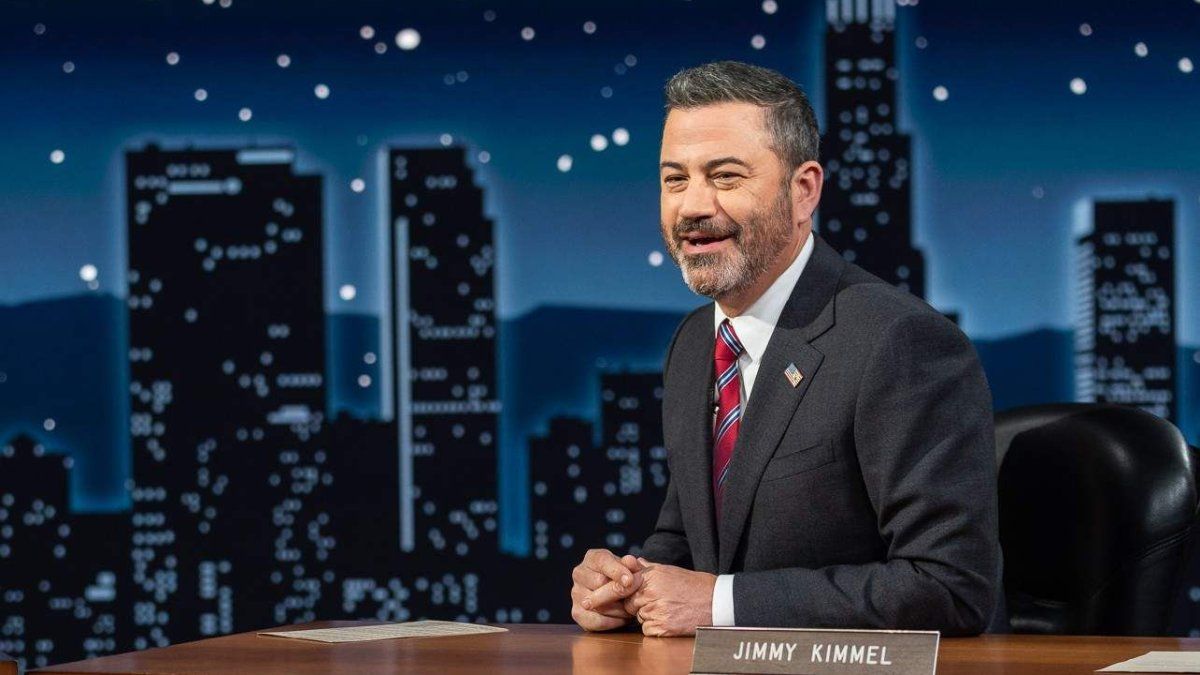The uncertainty surrounding the trajectory of the economy USAincluding difficulties in estimating the state of financial markets, potential oil price shocks, and the impact of union strikes, led to Federal Reserve officials to adopt a cautious stance at their September meetingaccording to the minutes.
The cautious approach came as debate continued over whether further interest rate hikes would be necessary, according to minutes of the council meeting. September 19 and 20 published on Wednesday.
“A large majority of participants continued to judge the future trajectory of the economy as very uncertain”noted minutes from a meeting in which the central bank agreed to keep rates stable, even as a 12-7 majority indicated in new projections that one more hike may be necessary by the end of the year to ensure inflation returns to target. Of 2%.
According to the minutes, the volatility of the data and revisions to previous statistics pose a series of problems when evaluating the economy.
Added to this is the determination of underlying parameters such as the neutral interest rate, the impact of rising “real” rates on the markets and the degree to which credit tightening will end up curbing corporate borrowing and spending.
All of this “supports caution in determining the degree of additional monetary policy tightening that may be appropriate”according to the minutes, which note that “participants generally considered” that the risks had become more bidirectional.
While global commodity markets and a strong housing market could lead to higher inflation, tighter financial markets, slowing global growth and recent labor strikes pose risks to economic growth and employment.
Although the monetary authorities publicly agree that there is still “work to do”With key inflation measures remaining well above 3%, the minutes showed greater concern about the risks of going too far with rate hikes and slowing activity so much that it causes companies to lay off large numbers of workers. workers.
Federal Reserve officials said the economy’s steady performance, despite aggressive rate hikes over the past 19 months, kept unemployment low even as inflation fell from the highs recorded in mid-2022.
The debate now centers on whether prices will continue to fall without further rate hikes, or whether a slightly more restrictive monetary policy will be necessary.
This week, Fed officials, including some hawks like Governor Christopher Waller, cited rising Treasury debt yields, which can impact the cost of credit for businesses and households, as a force could make further central bank rate hikes unnecessary.
Since the September meeting, investors have discounted the likelihood of another rate hike. They currently give only a 12% chance of a hike at the Oct. 31-Nov. 1 meeting and about 26% at the Dec. 12-13 meeting, according to CME Group’s FedWatch tool.
Source: Ambito




